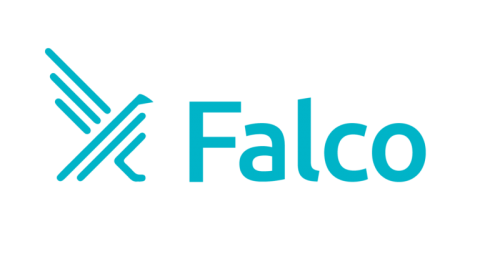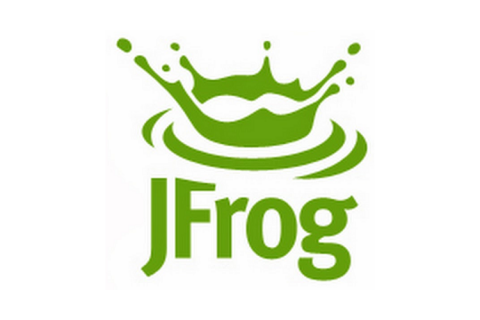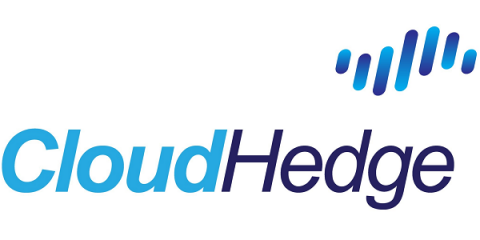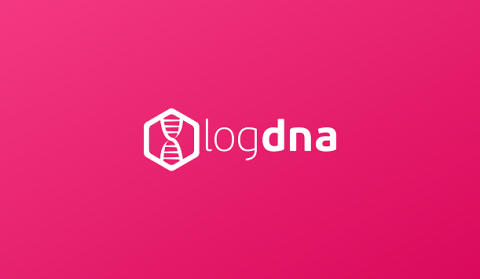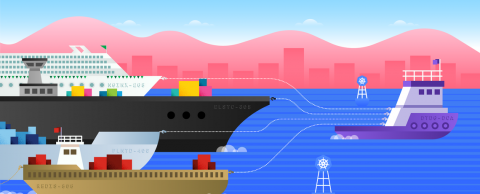Container Logging & Devops: the Future of Kubernetes Integration
I hosted a webinar where I covered why logging is important, how to choose a logging provider. And then shared our experience of setting up logging on Kubernetes containers, the Kubernetes logging framework and the logging best practices we’ve implemented internally and supported our customers who run Kubernetes in production.



